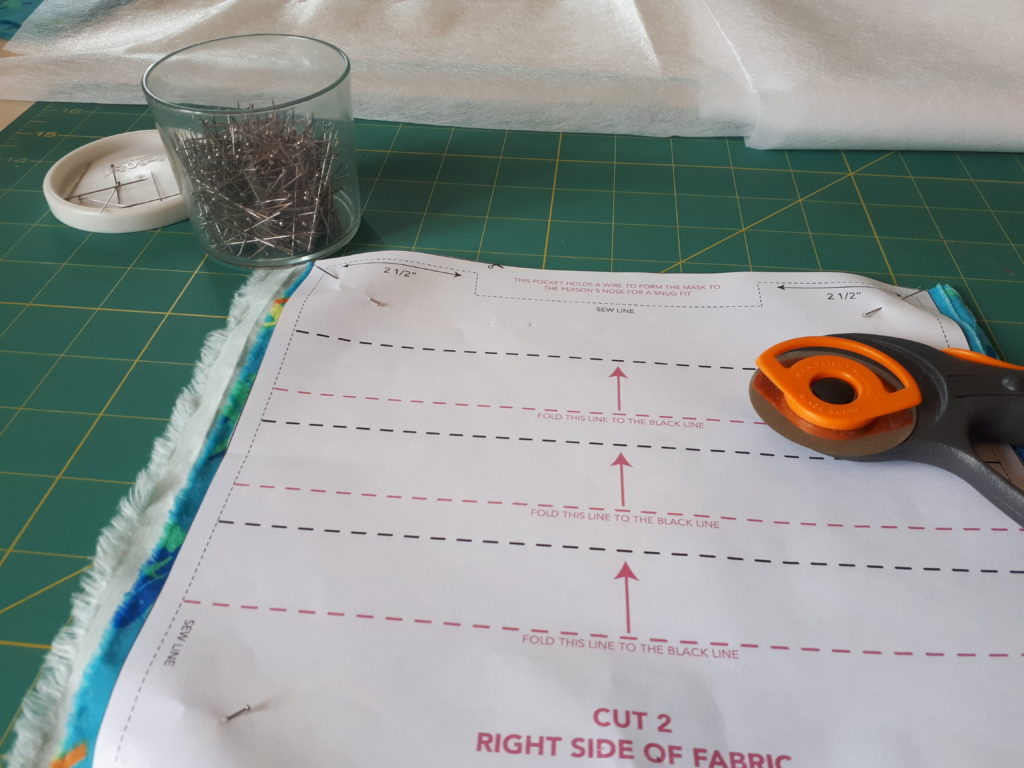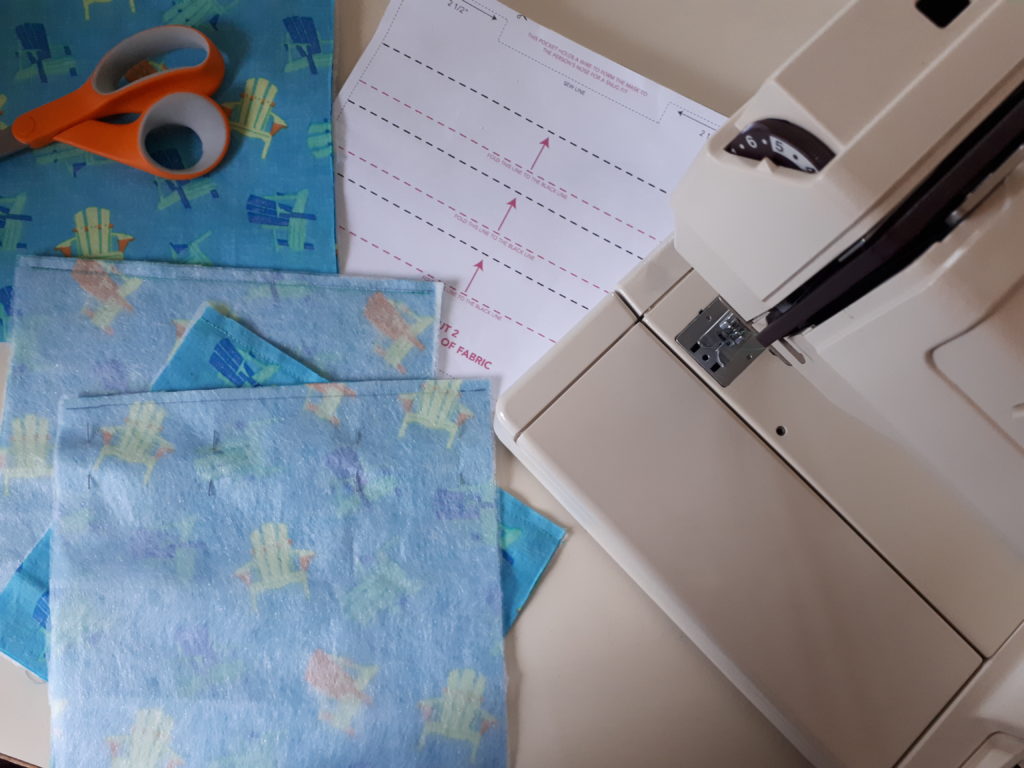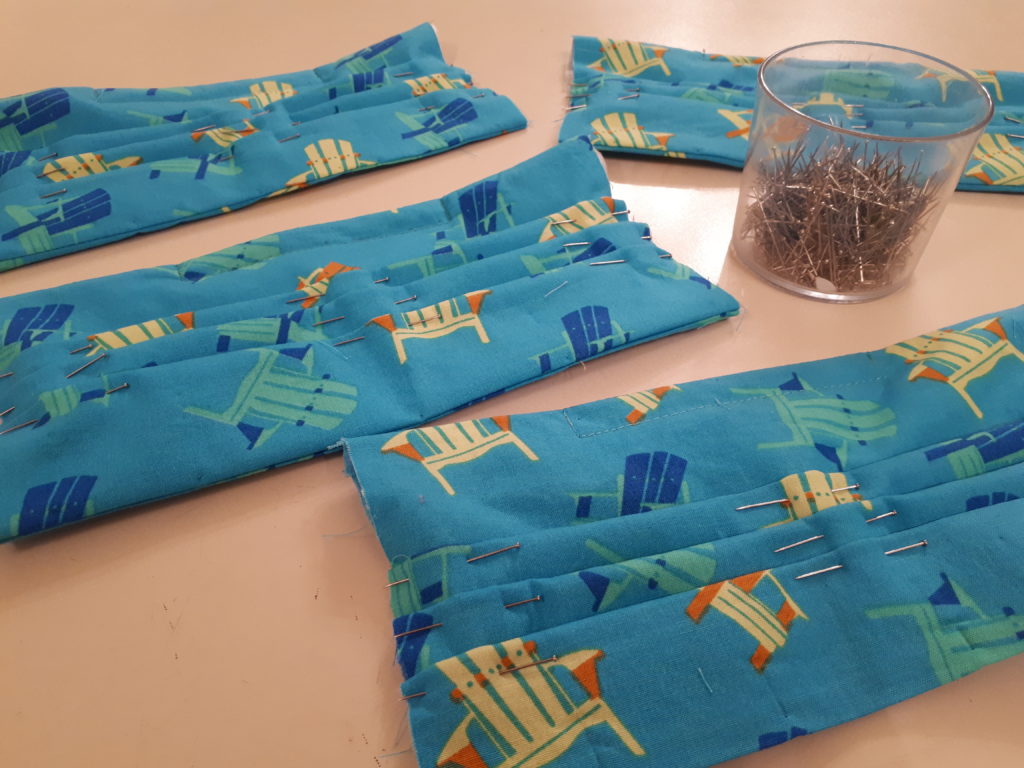Last week I saw an advertisement on television for the show “Survivor”. I turned to my husband, and said to him: “Maybe the networks should consider taking this show off the air for a while, with so many people struggling to survive with COVID-19.”
Then yesterday we’d watched, horrified, a news story about a seniors’ residence just a short drive from where we live; the Maison Herron, in Dorval:
“A privately run seniors’ residence in Dorval that is grappling with an outbreak of COVID-19 has been described as a “concentration camp” – with unfed and soiled elderly residents inside – by health professionals who came to those residents’ rescue…
“There were (two) patients who were dead in their beds…
There were patients who had fallen on the floor.
There were patients who hadn’t had any basic care for a number of days, diapers that hadn’t been changed for three or four days, excrement that was covering their skin and patients who hadn’t been fed”.”(1)
Because my rare disease is both autoimmune and neuro-inflammatory in nature, I can’t volunteer to help care for any of these poor souls. So what could I do, I wondered, to help others during this pandemic – while keeping a safe distance because of my Complex Regional Pain Syndrome (CRPS)?
That’s when the idea hit me. I could try to make COVID-19 face masks! Experts are realizing that many people who seem fine actually have the COVID-19 virus, and are spreading it through our communities. I hope to see a recommendation from global public health authorities, in the very near future, that everyone should try to wear a mask anytime we go out.
I have an old sewing machine at home, along with quite a lot of cotton fabric that I bought several years ago. This was for a few projects that I’d planned to sew, but was never able to begin because of my rare disease. CRPS has rendered my right hand and lower arm more or less useless, and since late 2018 it has also been causing a mild cognitive impairment (MCI).
Despite all that, I figured I could probably still sew together some simple masks for people to wear when they go out for groceries, to the pharmacy, and to other public places. So two days ago I threw a few pieces of tightly-woven cotton fabric into the washing machine, for a hot water wash.
While waiting for the load of fabric to wash and dry, I began searching online for make-at-home mask patterns that had been vetted by healthcare professionals. I found one pattern that seemed like something I could manage, using pretty much only my left hand.
I spent some time that afternoon and evening on my prototype mask. I have to break up each part of the process, and do just a bit at a time; between the neuropathic (nerve) pain that creeps up on me if use my right hand ‘too much’ and the MCI, I’ve had to get used to leaving things unfinished.
It’s still something with which I struggle, trying to get accustomed to reining in my enthusiasm to finish a project once I’ve gotten underway. It’s frustrating, because I’ve always been someone who liked to start a sewing or other creative project and then complete it the same day – or very soon afterwards.
Living with a rare disease, or almost any debilitating medical condition, is like taking a master-course in dealing with frustration – in learning to develop patience. I’ve often used the term “Patience for Patients”, even when I was working in bioethics ‘-)
Here’s a quick summary of the steps that I managed to get done that day, sometimes with at least an hour in between them:
- Select the best fabric for these face masks, to prevent the spread of COVID-19, from supplies I already had at home; all the reputable websites I checked suggested that tightly-woven cotton materials would be best for this
- Wash and dry the fabrics that I’d selected from my home stash
- Search for patterns online, and print the one which I decided to use(2)
- Iron the freshly-laundered cotton fabric
- Find some interfacing buried in one of my many boxes of craft and sewing supplies; interfacing is a non-woven material which can be used to line fabrics like cotton to make them stiffer – a shirt collar, for example – in this case being used as a filter between the two layers of fabric in this mask
- Dig out, from among many boxes of craft materials, a package of bias tape that I knew was in there somewhere; this would be used to make the straps for the mask
Once I’d trimmed the extra paper from the online pattern that I’d printed, I was finally ready to begin. By this time, my CRPS-affected hand had reached its limit, and my MCI was starting to act up. I put my new sewing project aside for the next day.

For those of you who haven’t done much – or any – sewing, it might come as a surprise that most sewing projects involve a lot more time pinning and ironing fabric than actual sewing!
This now means that I have to take multiple rest breaks before and after pinning the pattern to the materials, because I have to use both hands for this task.
First thing this morning I was finally able to cut the fabric around the pattern. I thought it would be easiest to do this using my rotary cutting tool, like a rotating pizza knife, but there were too many layers of fabric for this fantastic little device to cut through.
After mangling a first attempt, trying to use my scissors in my left hand, I opted to cause myself some pain by using my right hand. This went much more quickly, but necessitated a long break for my hand after I’d cut the pieces out of the cotton cloth.

Working in fits and starts today, I was able to finish sewing my first face mask by this evening just a few minutes ago. My husband’s favourite colour is orange, which is also the colour for CRPS awareness – in case you’re wondering why I had orange fabric and bias tape at home! This mask was meant for him.

Unfortunately, it doesn’t seem to fit properly – on either one of us; it’s too small for him, and too big for me. This is disappointing, but I can tell which areas are the problems so tomorrow I’ll search out another pattern that doesn’t have the same issues.
In the meantime, I can still use this first prototype when I go out; but I have to ask my sweetheart to tie the straps for me because I can’t do this with my CRPS-affected right hand.
Wish me luck with the next version! Hopefully it will be fine, something that will fit both of us and that I can make for family members and friends. And eventually for a few patients’ groups as well, once I receive the shipment of sewing materials that I ordered on March 29th.
Keep safe, and keep well. I wish you all the best, and to your loved ones as well. If you know of a good pattern for sewing face masks, simple enough that I can make them mostly with only one hand, feel free to send it to me via Instagram or Facebook. I’ve had to disable the blog comments due to the obscene spam I was receiving.
Thanks so much for stopping by ‘-)
References
(1) Aaron Derfel. Public health, police find bodies, feces at Dorval seniors’ residence. Montreal Gazette. 08 Apr 2020. Online:
https://montrealgazette.com/news/local-news/public-health-police-find-bodies-feces-at-dorval-seniors-residence-sources/
(2) Lexie Sachs. How to Make Face Masks for Yourself and Hospitals During the Coronavirus Shortage: Everything you need to know before sewing and donating, including a fabric pattern you can follow at home. Good Housekeeping Institute. 08 Apr 2020; updates to follow. Online:
https://www.goodhousekeeping.com/health/a31902442/how-to-make-medical-face-masks/

